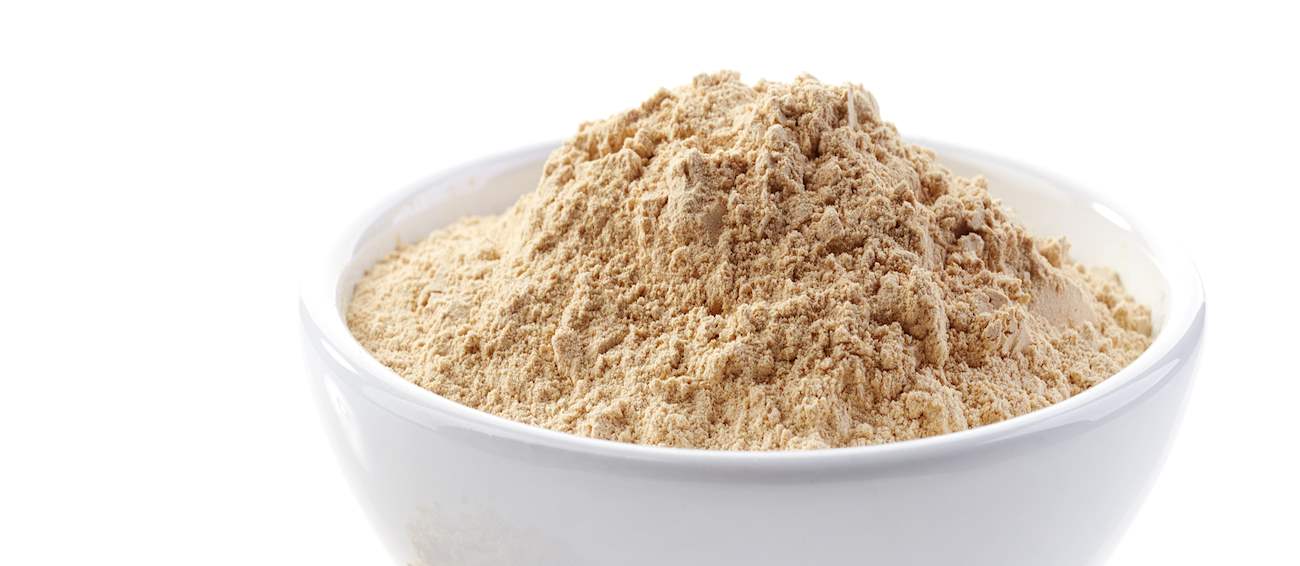Chuño is an unusual variety of Andean naturally freeze-dried potatoes. The name comes from a Quechua word ch'uñu, which can be literally translated as freeze-dried potatoes. The potatoes have a very long shelf life and are often used in dishes such as stews and soups.
Before consumption, the potatoes need to be soaked in water in order to rehydrate. There are two basic varieties of these potatoes – black and white. White chuños are soaked in cold water, then sun-dried, while the black variety is left to freeze overnight, and is then crushed in the morning in order to extract the liquid, but at night, it gets frozen again, so the process is repeated until the potatoes are totally dehydrated.
Maca is the ancient root vegetable, a variety of radish, native to areas of Peru. It is extremely resilient since it is able to thrive in the harsh environment of the Andes, and many believe that it has many beneficial properties, which promotes it as one of the most common ingredients used in medical remedies.
In gastronomy, it is regarded as superfood, and is mainly used in powder form to provide a higher nutritional value to standard dishes. As any other root vegetable, maca is commonly served boiled or roasted, and is often incorporated in nourishing stews and soups.
One of the valuable food sources and medicinal plants of indigenous Andean populations, and native to the Andean region, mashua is a type of tuberous crop that continues to be grown in countries such as Peru and Bolivia (and to lesser extent in Ecuador), although mostly for household consumption.
There are both domesticated and wild mashua varieties, and the plant’s tubers vary in size and color, depending on the variety. Mashua tubers are shiny and cone-shaped and may come in white, pale yellow, orange, red, purple, or even black color.
This South American perennial plant has long been grown for its edible roots. Yacón tubers resemble sweet potatoes and may come in various colors including white, pink, red, yellow, orange, or purple, while their flesh is typically white.
This root-like vegetable is characterized by a distinctive, mildly sweet flavor with hints of apples, pears, celery, and watermelon. It has a pleasant crispiness that the tubers retain even after they have been cooked. Yacón is highly-appreciated for being a fantastic source of moisture, electrolytes, salts, and starch, which is why the juice of its tubers used to be enjoyed as a potent refreshing beverage by the indigenous populations in the past, and is probably the reason for its name, which translates to water root in the Inca language.
Ulluco is an economically important South American root crop that is indigenous to the Andean region in South America. It is widely cultivated and consumed in Peru, Bolivia, Ecuador, Colombia, Argentina, Venezuela, and Chile. Having its roots in ancient times, this root vegetable used to represent an essential food crop for the Incas, and it has long been grown primarily for its tubers, but also for its leaves, both of which are edible and equally flavorful.
Varying in both size and shape, the tubers may have a bright yellow, green, orange, red, pink, or purple exterior that surrounds white or yellow flesh. These tubers are characterized by a smooth, firm, and crispy texture with a distinctive and somewhat earthy flavor.
TasteAtlas food rankings are based on the ratings of the TasteAtlas audience, with a series of mechanisms that recognize real users and that ignore bot, nationalist or local patriotic ratings, and give additional value to the ratings of users that the system recognizes as knowledgeable. TasteAtlas Rankings should not be seen as the final global conclusion about food. Their purpose is to promote excellent local foods, instill pride in traditional dishes, and arouse curiosity about dishes you haven’t tried.




